We recently concluded the holiday of Sukkot which includes the intriguing mitzvah of living in the Sukkah. Most mitzvot demand that we do something different and change our routine to engage in a ritual activity designed to connect us with God and Divine values. The mitzvah of Sukkah, on the other hand, asks us to maintain our routine and engage in our typical daily activities of eating, drinking, sleeping, learning, and socializing. What changes is not what we do but the context, the environment in which we do it. The mitzvah challenges us to live in an environment that highlights vulnerability, holiness, and trust. It pushes us to re-frame our actions and be more mindful of our surroundings.
We must work to bring the Sukkah mindset into our classrooms and schools.
If we want to make room for God, deep personal reflection and identity building in our schools, we can’t simply look at the actions teachers and students need to be doing differently. While new programs, pedagogy, and curricula are valuable, we also need to think carefully about the culture and environment in which these new initiatives are introduced. Are we creating a space where students feel comfortable authentically expressing themselves? Do our schedules allow time for students to slow down and become more mindful of themselves, the people around them, and the Torah ideas they are digesting? Are teachers given time to reflect on their experience in the classroom, their own growth and learning, or the scope of critical learning subtly taking place beneath the hood of their planned lessons?
The work we have been blessed to do at the Fuchs Mizrachi School in Cleveland in partnership with Lifnai V’lifnim developed by Yeshivat Makor Chaim and JEIC has helped provide both new ways to think and practical approaches to creating these environments. Over the past two years, we saw the language of teachers and students shift to become more reflective and curious. We saw teachers develop a greater willingness to create space for their students’ voices in the classroom and grow more comfortable with encouraging greater vulnerability. Students, in turn, learned to do the same with each other and their teachers, enabling deeper and more introspective conversations during dedicated “Lev HaShavua'' periods, regular Torah classes, and interactions in and out of the school building. Last spring and summer, through an online course and summer workshop, we had the opportunity to introduce the Lifnai V’lifnim way of thinking to dozens of teachers from over 10 schools. They were invigorated by professional development that challenged them to ask different questions and to re-discover their passion for learning, teaching, and for their students.
Ultimately I believe that this work is part of the antidote to the challenge presented in JEIC’s recently-released, thought-provoking film “A Daughter’s Story.” The film encourages parents and teachers to carefully consider the way Judaic studies learning in our schools promotes or hampers students’ spiritual development and connection with God. It can easily lead to pointing fingers - cynically blaming teachers or school leaders for putting too much of an emphasis on grades and achievement over personal connection and meaning making. One might be tempted to conclude that if we were only to eliminate grades or introduce more of content X or Y to students they would feel more connected. Reacting this way focuses on the activities and ignores the underlying culture of achievement and evaluation that pervades our communities’ culture. Whether a school gives grades or not is far less important than whether a school is focusing on the culture that we are aiming to achieve. How often do we explicitly convey to our children and students what we truly want for them? We may care deeply about God, Torah, and spirituality but if students' only way of discussing their growth and success is based on their performance, that is how they will judge themselves. Students, parents, and teachers alike must learn how to explicitly talk about students’ inner life and development; and to praise spiritual growth, curiosity, discovery, and introspection.
The Torah learning, co-curricular programming, and dedicated morot (teachers) and rebbeim (rabbis) offer a beautiful structure that our students dwell in day after day.
Like the Sukkah, however, we must find opportunities for everyone to be mindful, look around and focus on the process of growth and learning in deeper ways.


